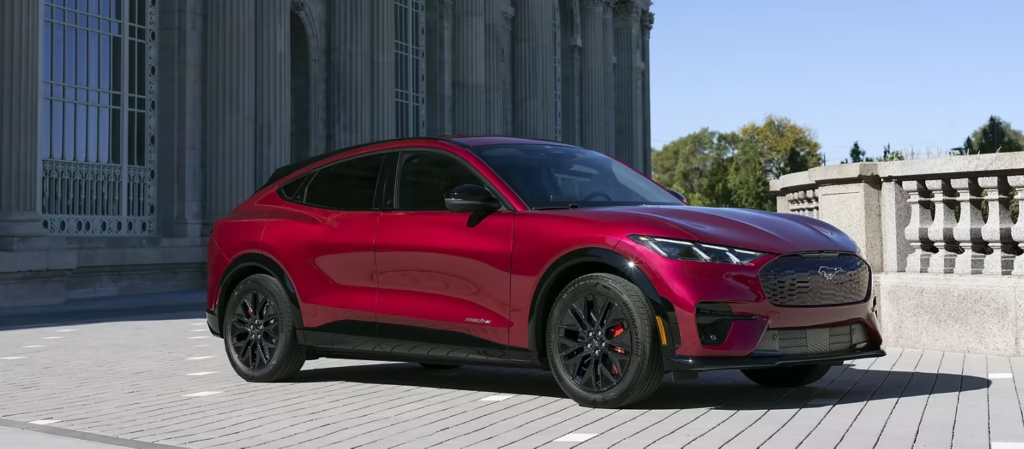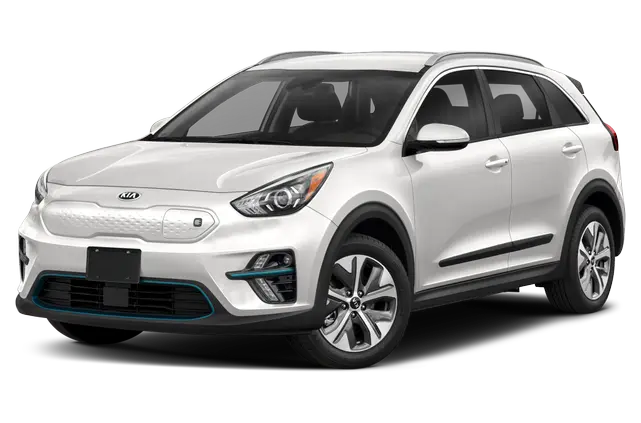The 2025 auto tariffs have changed the game. A 25% tax on foreign-built vehicles and imported parts is hitting the industry hard—raising prices, reshaping supply chains, and shrinking options for buyers.
But not every car is affected. In fact, several electric vehicles and hybrids are built right here in the U.S., protected from the tariffs—and in many cases, still eligible for the full $7,500 federal EV tax credit.
This guide breaks down the EVs and hybrids least impacted by the 2025 import tariffs. If you’re shopping smart in today’s market, these are the ones to watch.
What the 2025 Tariffs Actually Do
- 25% tariff on all imported vehicles not built in North America
- 25% tariff on many auto parts imported from Asia and Europe
- Temporary exemptions on some parts tied to U.S.-based final assembly
- Effectively penalizes cars with foreign-built batteries, motors, or platforms—even if sold by U.S. brands
The result: cars made in the U.S. or with localized supply chains are safer from price hikes and delays.
Top EVs and Hybrids Built in the U.S. (Tariff-Safe in 2025)
All of the following are currently assembled in North America and not subject to the 25% import tax. Where applicable, they also qualify for federal EV incentives under the Inflation Reduction Act.
1. Tesla Model Y (Fremont, CA / Austin, TX)
- Type: EV
- EV Range: Up to 330 miles
- Qualifies for Tax Credit: Yes
- Why It’s Smart: Tesla builds more cars in America than any other EV maker. Model Y is produced at scale in California and Texas. No foreign assembly exposure.
2. Chevrolet Equinox EV (Spring Hill, TN)
- Type: EV
- EV Range: Up to 319 miles
- Qualifies for Tax Credit: Yes
- Why It’s Smart: GM’s most affordable Ultium-platform EV. U.S.-built, high range, low cost, and eligible for the full $7,500 credit.
3. Ford Escape Plug-In Hybrid (Louisville, KY)

- Type: Plug-in Hybrid
- EV Range: 37 miles
- MPG (Gas): 40+ combined
- Qualifies for Tax Credit: Yes
- Why It’s Smart: This compact SUV is fully assembled in Kentucky. Excellent range for city driving and tax-credit eligible. No AWD, but efficient.
4. Hyundai Santa Fe Plug-In Hybrid (Montgomery, AL)
- Type: Plug-in Hybrid
- EV Range: 33 miles
- MPG (Gas): 34 combined
- Qualifies for Tax Credit: Yes (2025 version qualifies due to U.S. production)
- Why It’s Smart: Hyundai moved PHEV production to Alabama. Larger than most competitors. Practical, safe from tariffs.
5. Tesla Model 3 RWD (Fremont, CA)
- Type: EV
- EV Range: 272 miles
- Qualifies for Tax Credit: $3,750 (meets one sourcing requirement)
- Why It’s Smart: Like the Model Y, this is built in California. Entry-level Model 3 offers value, fast charging, and tariff insulation.
6. Chrysler Pacifica Plug-In Hybrid (Windsor, Ontario, Canada)
- Type: Plug-in Hybrid
- EV Range: 32 miles
- Qualifies for Tax Credit: Yes
- Why It’s Smart: Though built in Canada, it’s still part of North American production and exempt from tariffs. It’s the only plug-in minivan on sale in the U.S.
7. Cadillac Lyriq (Spring Hill, TN)
- Type: EV
- EV Range: Up to 314 miles
- Qualifies for Tax Credit: Yes
- Why It’s Smart: GM’s flagship EV SUV is U.S.-built and full-size luxury at a lower price than most imports. Safe from price hikes.
8. Toyota Camry Hybrid (Georgetown, KY)
- Type: Hybrid (non-plug-in)
- MPG: Up to 52
- Qualifies for Tax Credit: No (not plug-in), but tariff-safe
- Why It’s Smart: Not an EV, but an ultra-efficient sedan built in Kentucky. Zero tariff risk. Reliable and affordable.
9. Ford Mustang Mach-E (Cuautitlán, Mexico)

- Type: EV
- EV Range: 224 to 312 miles
- Qualifies for Tax Credit: Yes
- Why It’s Smart: Assembled in Mexico, which is included in U.S. trade agreements, the Mach-E avoids tariffs. AWD available, good range, and updated tech for 2025.
10. Chevrolet Bolt EUV (Orion, MI)
- Type: EV
- EV Range: 247 miles
- Qualifies for Tax Credit: Yes
- Why It’s Smart: While discontinued, used and remaining new stock is exempt from tariffs. Cheap, reliable, and proven.
Brands Least Exposed to Tariffs in 2025
The following automakers are best positioned to maintain price stability and avoid supply chain disruptions:
- Tesla – U.S. production, vertically integrated
- Ford – U.S. and Mexico plants, increasing domestic battery partnerships
- General Motors (Chevy, Cadillac) – Spring Hill and Orion plants supplying major EVs
- Chrysler (Stellantis) – Canadian production protected under USMCA
- Hyundai (select models) – U.S. assembly of new PHEVs starting 2025
- Toyota – Heavy U.S. investment; some hybrids and sedans tariff-safe
What to Watch Out For
Some vehicles are assembled overseas and could see price hikes soon—especially if automakers can’t localize quickly.
At-Risk Brands:
- Kia (EV6, Niro EV) – Most EVs still built in Korea
- Volkswagen (ID.4) – Mixed sourcing; only some trims built in Tennessee
- BMW, Audi, Mercedes – Heavy reliance on German production
- Mazda, Subaru – Minimal U.S. EV production
If you’re shopping any of these brands, ask your dealer about production location and tariff exposure before signing.
FAQ
Do tariffs apply to all hybrids and EVs?
No. Only vehicles built outside North America are affected. U.S., Mexico, and Canada assembly is protected under USMCA.
Do tax credits still apply in 2025?
Yes, if the vehicle meets battery and mineral sourcing requirements, and final assembly is in North America. Plug-in hybrids must have a battery size of at least 7 kWh.
Is it better to buy now or wait?
If you’re considering an imported model, buy now. If you’re eyeing a U.S.-built vehicle, you’re safer—but prices may still rise as demand shifts.
What if I lease instead of buy?
Leases are still eligible for tax credits, even for vehicles that don’t meet IRA sourcing rules. This is a good workaround for cars built overseas.
Final Thoughts
The 2025 tariffs are shaking the industry—but they haven’t shut down smart buying.
If you’re shopping for an EV or hybrid this year, stick with cars built in the U.S., Mexico, or Canada. You’ll avoid the 25% import tax, qualify for incentives, and keep your purchase protected from unpredictable supply chain costs.
Tesla, Ford, Chevy, and even Hyundai are ahead of the curve. Know where your car is built, and ask the questions that matter.
Stay with BidForAutos.com for the latest guides, rankings, and real-world car buying advice.






